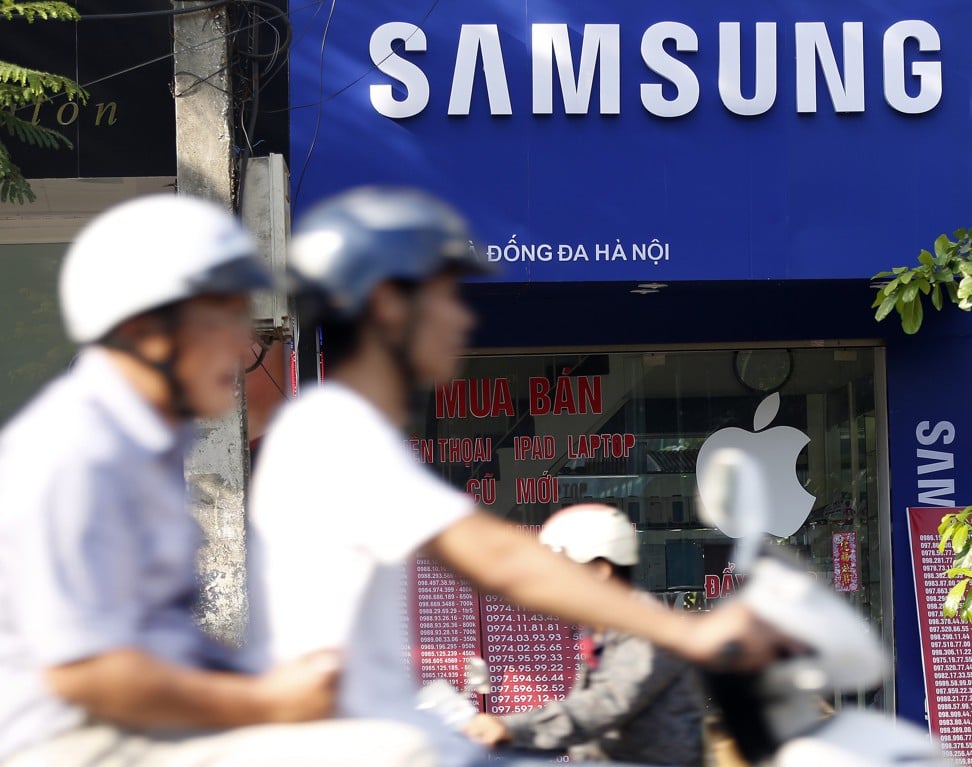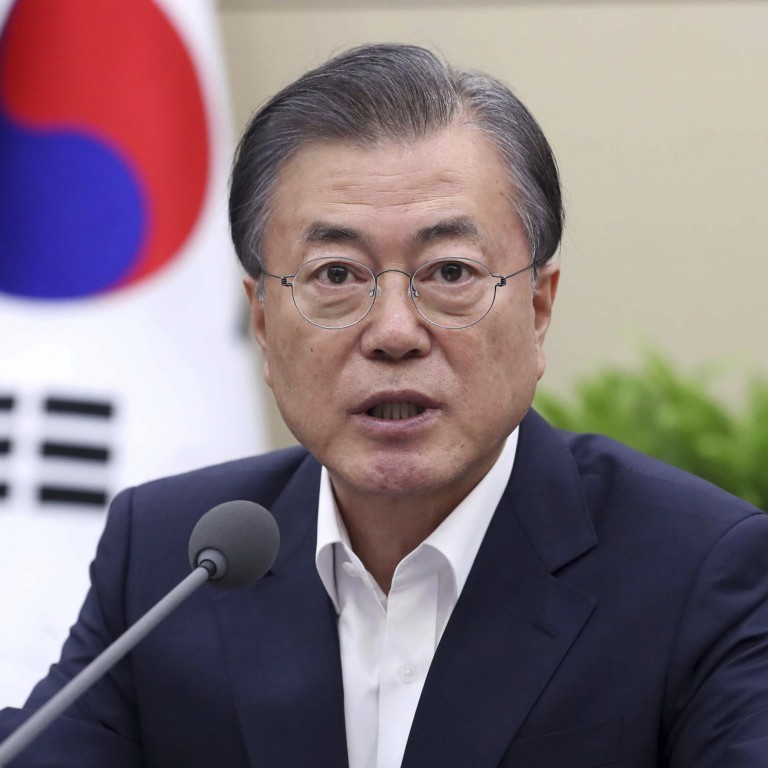
Seoul eyes intelligence-sharing pact with Bangkok as President Moon Jae-in seeks pivot to Asean
- As part of the New Southern Policy, South Korea aims to reduce its reliance on the US, China, Japan and Russia
- Partnering with Seoul could help Asean avoid debt traps with China, observers say, but others point to Beijing’s ‘unmatched’ ability to invest in the region
The unprecedented move drew criticism from US officials for threatening to undermine a defence alliance triumvirate that has helped to contain North Korean, Russian and Chinese adventurism in northeast Asia.
Seoul terminates intelligence-sharing pact with Japan as ties hit new low
Yang Uk, a defence analyst, said Seoul might take advantage of the agreement with Bangkok to sell weapons to Thailand, rather than fill the gaps left by scrapping the pact with Japan. “This is aimed at boosting South Korea’s chances of selling weapons in the region rather than jointly coping with threats from the North,” he said.
South Korea exported US$2.8 billion worth of weapons last year, down from US$3.6 billion in 2017. Its weapons exports include aircraft, tanks, howitzers and warships.
It has a GSOMIA with 20 other countries, including the US, Australia and France.
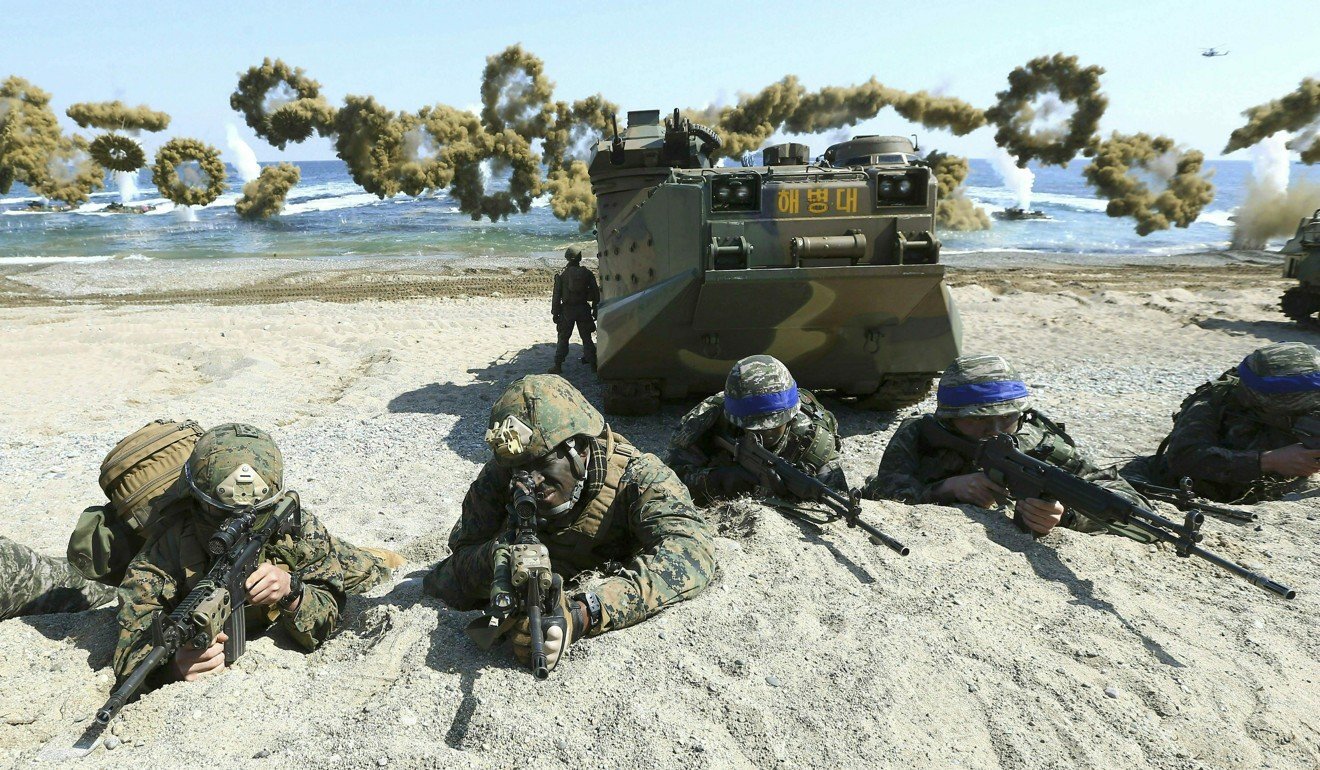
Cheon Young-ghil, deputy secretary general of the Presidential Committee on the New Southern Policy, said South Korea would be a friendly partner to Asean and India, given that it had no military aims in the region.
“As an economic partner with good intentions, we can share our experience in economic development,” Cheon said.
There were also good prospects for cooperation with Thailand in e-commerce and electric vehicles, he added.
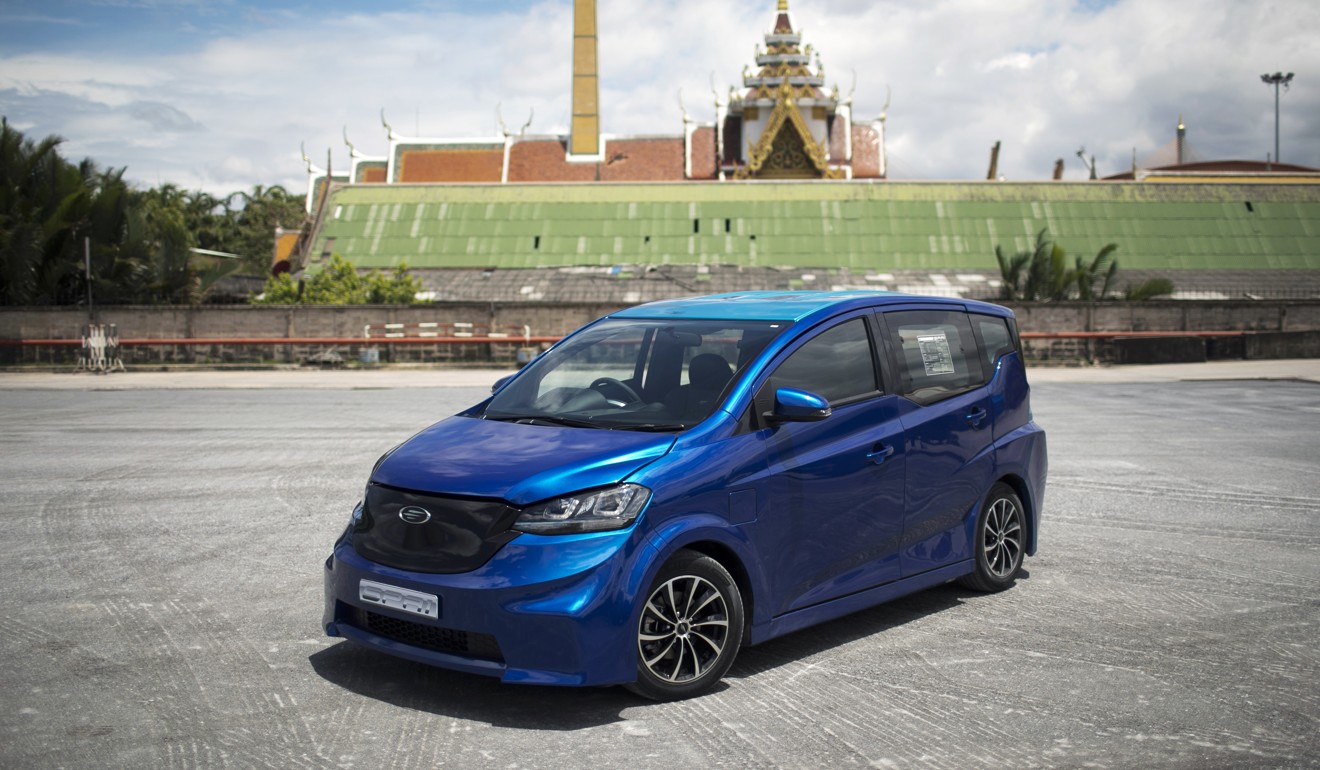
Moon has spoken of the importance of Asean in the Korean peninsula’s peace process.
In a recent interview with the Bangkok Post , he said: “I hope that Asean will play a big role in helping North Korea abandon its nuclear programmes and stand together with all of us through economic cooperation.”
Moon called Thailand a “true friend” of South Koreans, noting its help during the Korean war. “The Korean people will never forget the noble dedication and sacrifice of the Thai Korean War veterans and remain grateful to this day,” he said.
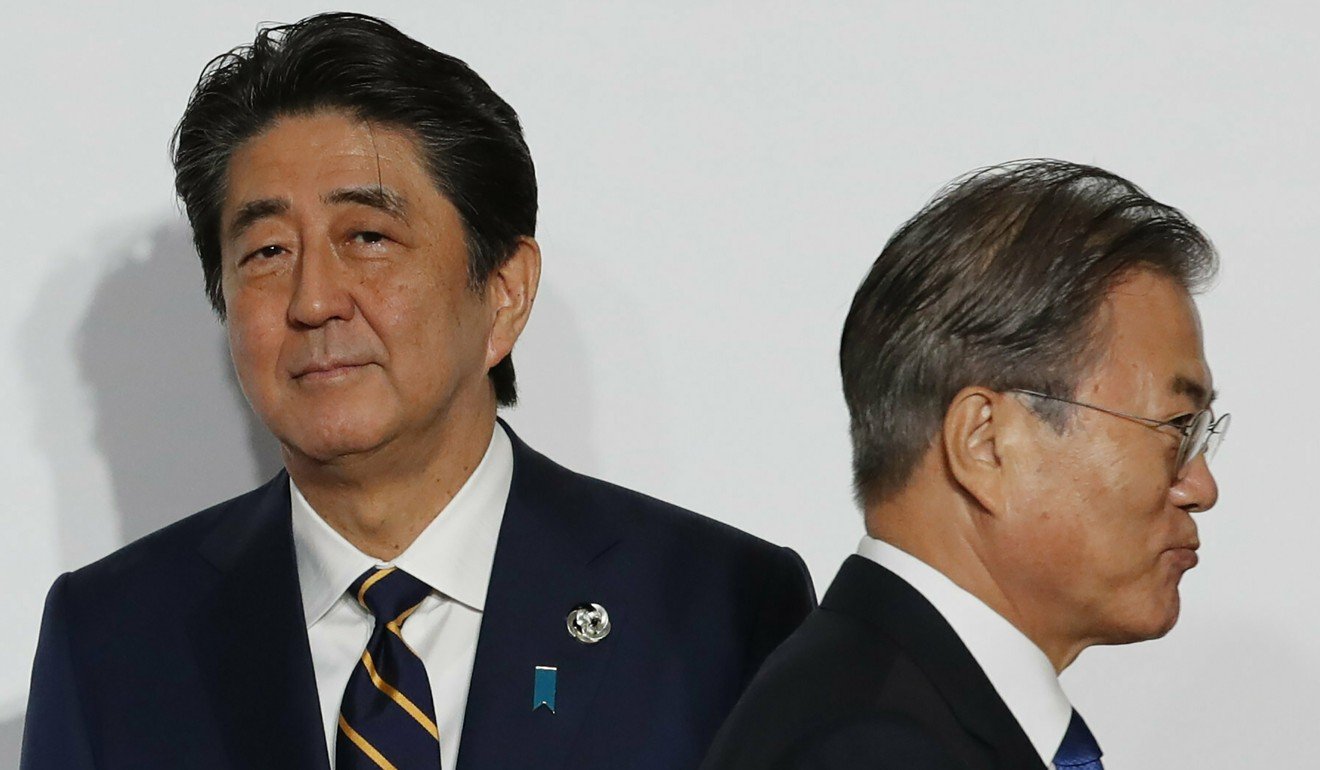
‘ALTERNATIVE’ TO BEIJING?
The president’s visit also comes ahead of a special summit with Asean, and a separate meeting with five Asean states located around the Mekong River – Cambodia, Myanmar, Laos, Vietnam and Thailand. Moon will host these meetings in Busan in November.
China ‘taking control’ of Mekong river through dam-building spree: Mike Pompeo
Michael Montesano, from the ISEAS-Yusof Ishak Institute’s Thailand Studies Programme, said Bangkok recognised that having good ties with Seoul could “reduce the risk inherent in Thailand’s economic and political relations with China”.
“China is the only partner that has the political will and resources to invest in the US$1 billion to US$2 billion-type of projects that can help these countries develop the energy and infrastructure sectors,” Loh said. “Hence it should be unsurprising that [they] are particularly supportive of Chinese economic and business overtures.”
However, the four countries were also “hedging their bets” and would continue to deepen security and economic ties with other partners such as Japan, South Korea and the US, Loh added.
RISING TRADE WITH ASEAN
Two-way trade with Asean reached a record US$160 billion last year, according to the Korea-Asean Centre in Seoul, up 7 per cent from 2017.
Six Asean states, including Vietnam, Indonesia and Singapore, are among its top 20 trade partners.
At a meeting in June, Vietnamese and South Korean officials agreed to boost trade to US$100 billion by next year.
South Korea’s major projects in the region include Samsung Electronics’ giant smartphone factory in Vietnam, which hires some 100,000 workers, and Lotte Chemical Titan Holding’s plants in Malaysia.
South Korea looks to Asean for help in its ‘trade war’ with Japan
To complement the trade deal with the Asean bloc signed in 2015, Moon is seeking individual agreements with Asean states to further realise the potential from the region, which is home to 640 million people and has a combined GDP of about US$2.7 trillion.


